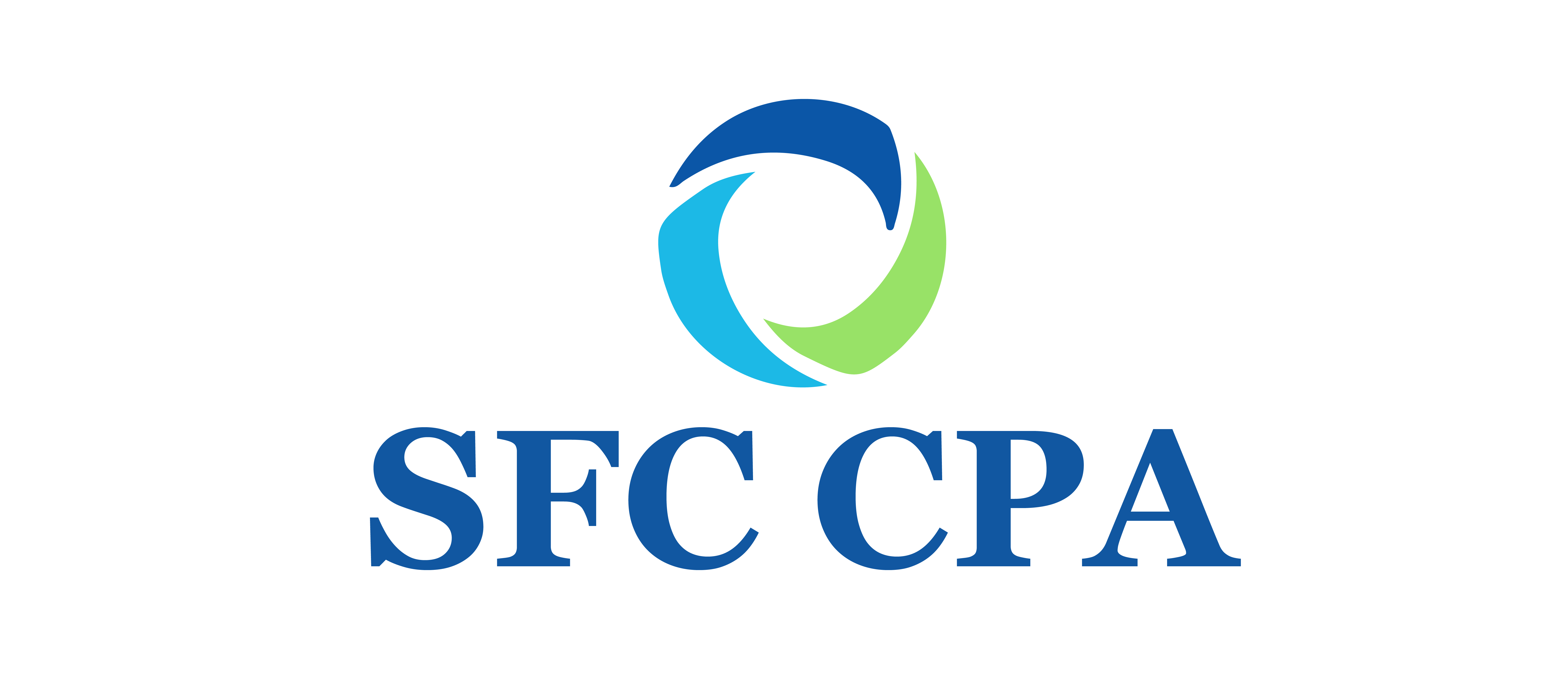As the second half of the year unfolds, many individuals and businesses shift their focus toward wrapping up projects, planning for the holidays, and making strategic moves for the coming year. Yet, among these priorities, one crucial task often gets overlooked until the very last moment—tax prep. By the time January rolls around, stress levels spike as taxpayers scramble to gather documents, consult advisors, and meet deadlines. But savvy taxpayers know that the key to a stress-free tax season is beginning preparation well before the new year arrives.
Understanding when to start and how early is too early to prep for tax season is essential. The second half of the year offers a prime opportunity to take stock of your financial picture, implement tax-saving strategies, and ensure that nothing is left to chance. In this guide, we’ll walk you through what you need to know for tax prep during the latter part of the year.
Why the Second Half of the Year Matters for Tax Prep
July through December is not just a countdown to festivities—it’s a window of opportunity for proactive tax planning. The actions you take in these months can have a direct impact on how much you owe or receive as a refund when tax season arrives. By now, you’ve likely received half of your income for the year, and that means you have a fairly accurate snapshot of your tax situation.
This is the time to assess whether you’re on track with your withholding, estimated payments, or quarterly filings if you’re self-employed. It’s also the perfect moment to reevaluate your financial goals. Are you maximizing retirement contributions? Taking full advantage of tax credits? Are there upcoming life events—such as a marriage, home purchase, or a child’s birth—that could affect your tax bracket or deductions?
Importantly, tax law can evolve midyear. Congress might pass legislation that changes deductions, credits, or income thresholds. By preparing in the second half of the year, you give yourself the flexibility to adapt to any such shifts well before the April deadline.
When to Start: Timing Your Tax Prep Efforts
So, when should you begin thinking about taxes? For many, the idea of starting tax prep in July or August might seem premature. However, the truth is that the sooner you begin, the better. Tax prep is not a one-week task—it’s a months-long process that benefits greatly from early and thoughtful attention.
The best time to start tax prep is late summer or early fall. By this point, you have most of your financial data, and there’s still time to make adjustments. For example, if your income has increased significantly, you might need to increase estimated tax payments or adjust your W-4. Alternatively, you might want to accelerate charitable donations or other deductible expenses to reduce your taxable income.
Early prep also gives you more time to gather receipts, reconcile accounts, review investment performance, and check your eligibility for deductions or credits. If you’re a business owner, this is a critical window to ensure your bookkeeping is clean and your financial reports are accurate. Waiting until January might be too late to take advantage of certain strategies that require action within the calendar year.
How Early Is Too Early to Prep for Tax Season?
Is there such a thing as starting too early? Technically, no—but your approach should be strategic. While you can’t file a return until January of the following year, laying the groundwork well in advance is always a wise move. In fact, much of the heavy lifting in tax prep happens before tax forms are even issued.
What you can do early includes organizing documents, categorizing expenses, logging business deductions, and setting appointments with tax professionals. If you wait until the new year, tax advisors may be fully booked, or you may find yourself rushing through critical details, which increases the risk of errors and missed deductions.
However, it’s important not to jump the gun by assuming too much about your final numbers. For instance, making decisions based on projected income without allowing for year-end fluctuations could be risky. This is where working with a tax professional who understands the timing nuances can help you strike the right balance.
The key takeaway? It’s never too early to prepare, but be realistic and methodical. Think of the second half of the year as a planning and adjustment phase, not just a paperwork sprint.
Tax-Smart Strategies to Implement Now
The beauty of second-half tax prep is that you can still take meaningful action to reduce your tax liability. Retirement contributions are one of the most powerful tools at your disposal. If you have a 401(k), 403(b), or traditional IRA, increasing your contributions in the latter half of the year can significantly lower your taxable income. And if you’re self-employed, consider setting up a SEP IRA or Solo 401(k) before year’s end.
Charitable giving is another strategy to explore. Donating cash, stock, or goods to qualifying organizations not only supports causes you care about, but can also yield substantial deductions. If you itemize, make sure you keep detailed records of all charitable contributions, including receipts and donation letters.
Another often-overlooked tactic is tax-loss harvesting. This involves selling underperforming investments to offset gains in your portfolio. By realizing losses before year-end, you can use them to reduce your taxable capital gains—and if your losses exceed your gains, you can deduct up to $3,000 against ordinary income.
If you’re eligible for tax credits like the Child Tax Credit, Earned Income Tax Credit, or education credits, reviewing eligibility and documentation now ensures you won’t miss out later. The same goes for deductions tied to health savings accounts (HSAs), student loan interest, or business expenses.
Finally, don’t forget about state and local tax obligations. These can be just as impactful as your federal tax return. Some states offer credits, incentives, or deductions that aren’t available at the federal level, so be sure to factor those into your year-end planning.
Setting Yourself Up for a Smooth Filing Season
The ultimate goal of tax prep is not just to file accurately but to file confidently and early. Waiting until March or April to prepare often leads to last-minute stress, potential penalties, and the need for extensions. But if you’ve already spent the second half of the year preparing, your January will look much different.
Use this time to build your tax prep checklist: income documents, expense records, bank and brokerage statements, prior-year tax return, business receipts, and any notices from the IRS. Consider leveraging software or apps to scan and categorize receipts, track mileage, and compile statements.
Now is also a good time to evaluate your relationship with your tax preparer or CPA. Are they proactive and available throughout the year? Do they offer strategic advice beyond just data entry? If you feel rushed or under-supported every filing season, start looking for a better fit now—before their schedules fill up.
And for those who prepare taxes themselves, early prep means more time to learn about tax code changes, use reliable tax software, and ensure your calculations are solid. You’ll also have more time to ask questions and explore options if something unexpected arises.
A smooth filing season doesn’t happen by accident—it’s the result of planning, preparation, and foresight. The second half of the year is your chance to ensure that when the new year rolls around, you’re not just ready—you’re ahead.
Conclusion
Effective tax prep isn’t just about gathering forms in January. It’s a year-round process that hits a critical stride in the second half of the year. Understanding when to start and how early is too early to prep for tax season empowers you to take control of your financial future. Use this time wisely, and you’ll not only avoid the last-minute scramble—you might even save money and uncover new opportunities for financial growth. So, as summer wanes and fall approaches, don’t just plan for the holidays. Plan for your taxes. Your future self will thank you.

